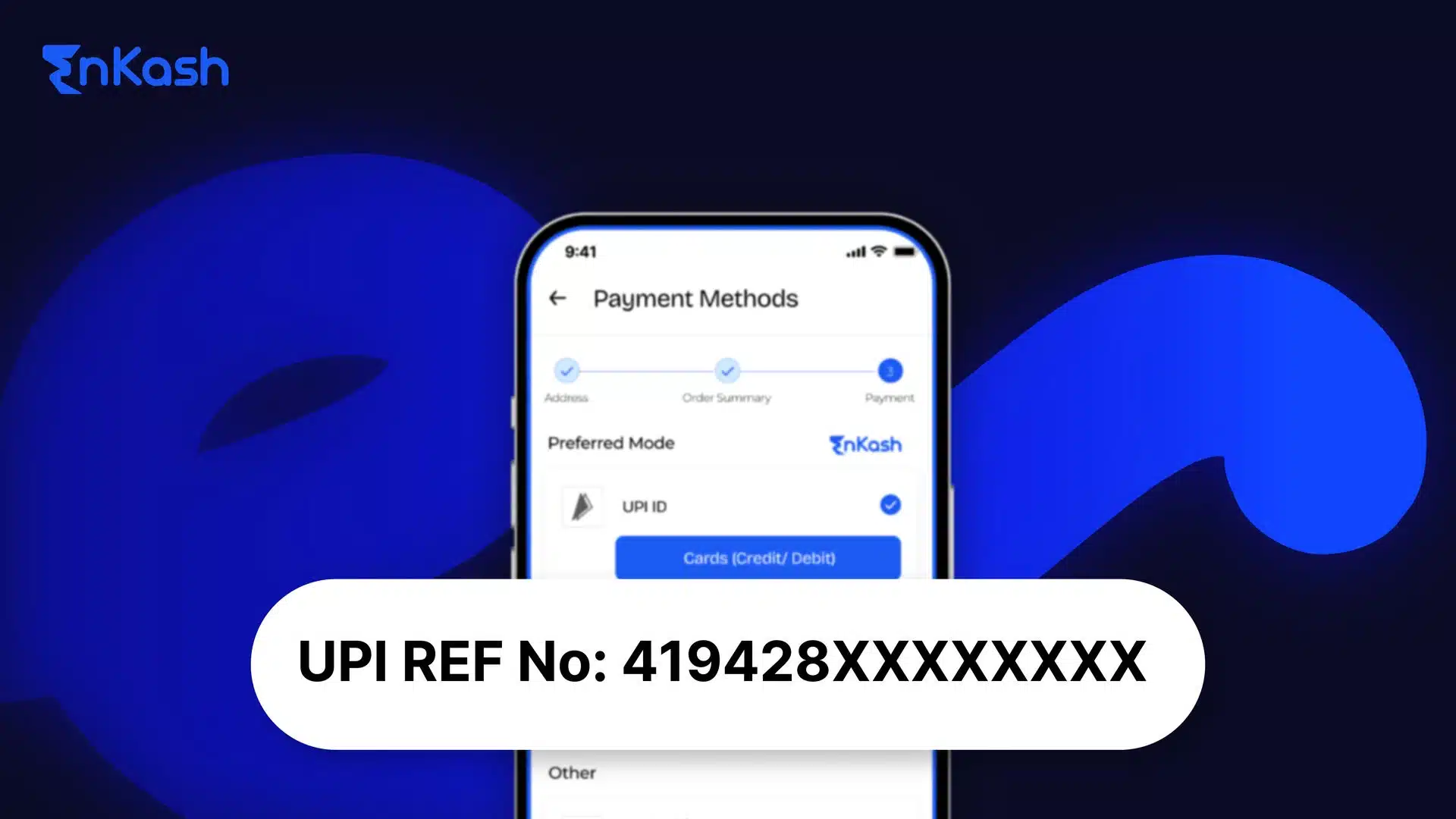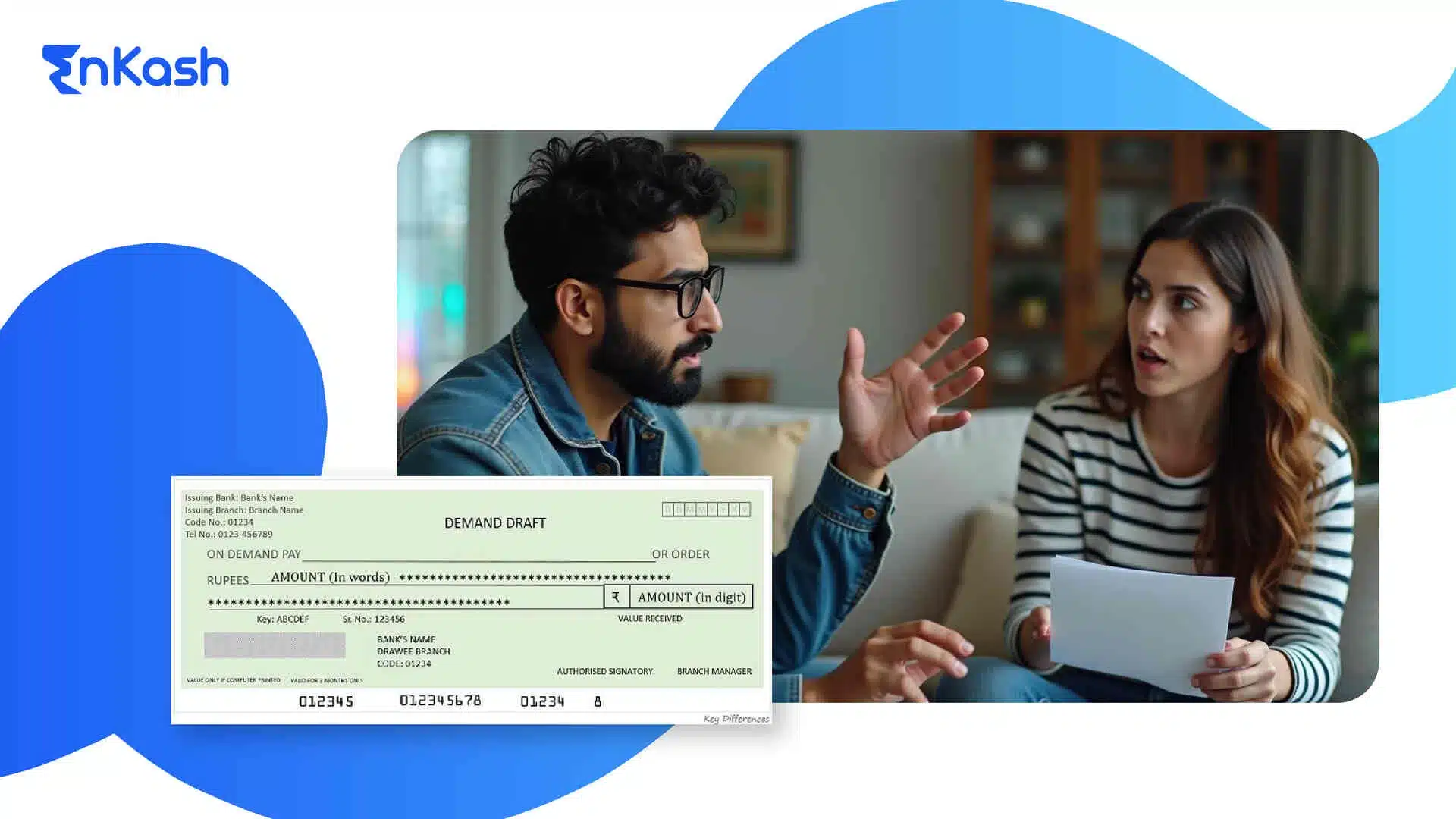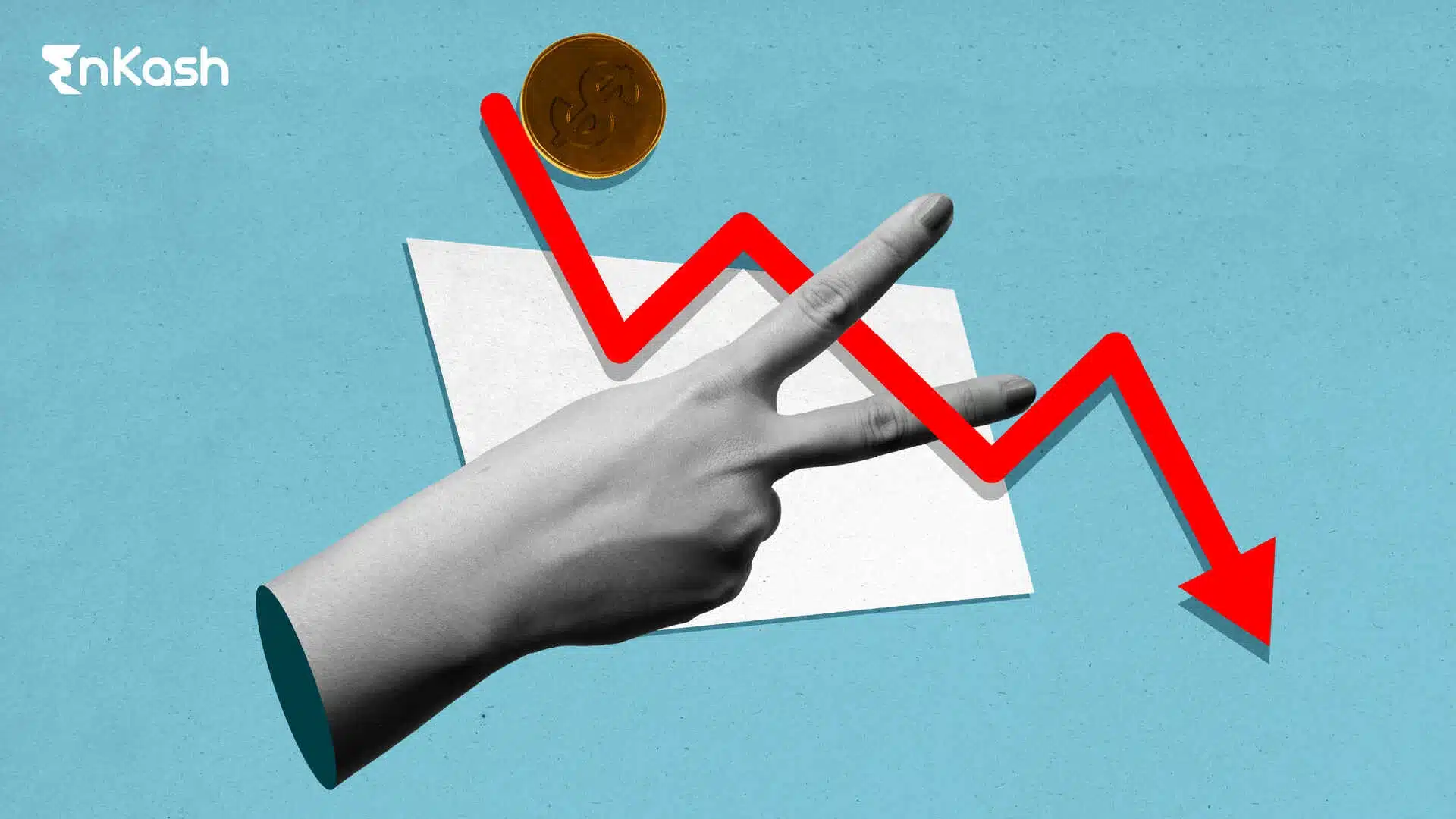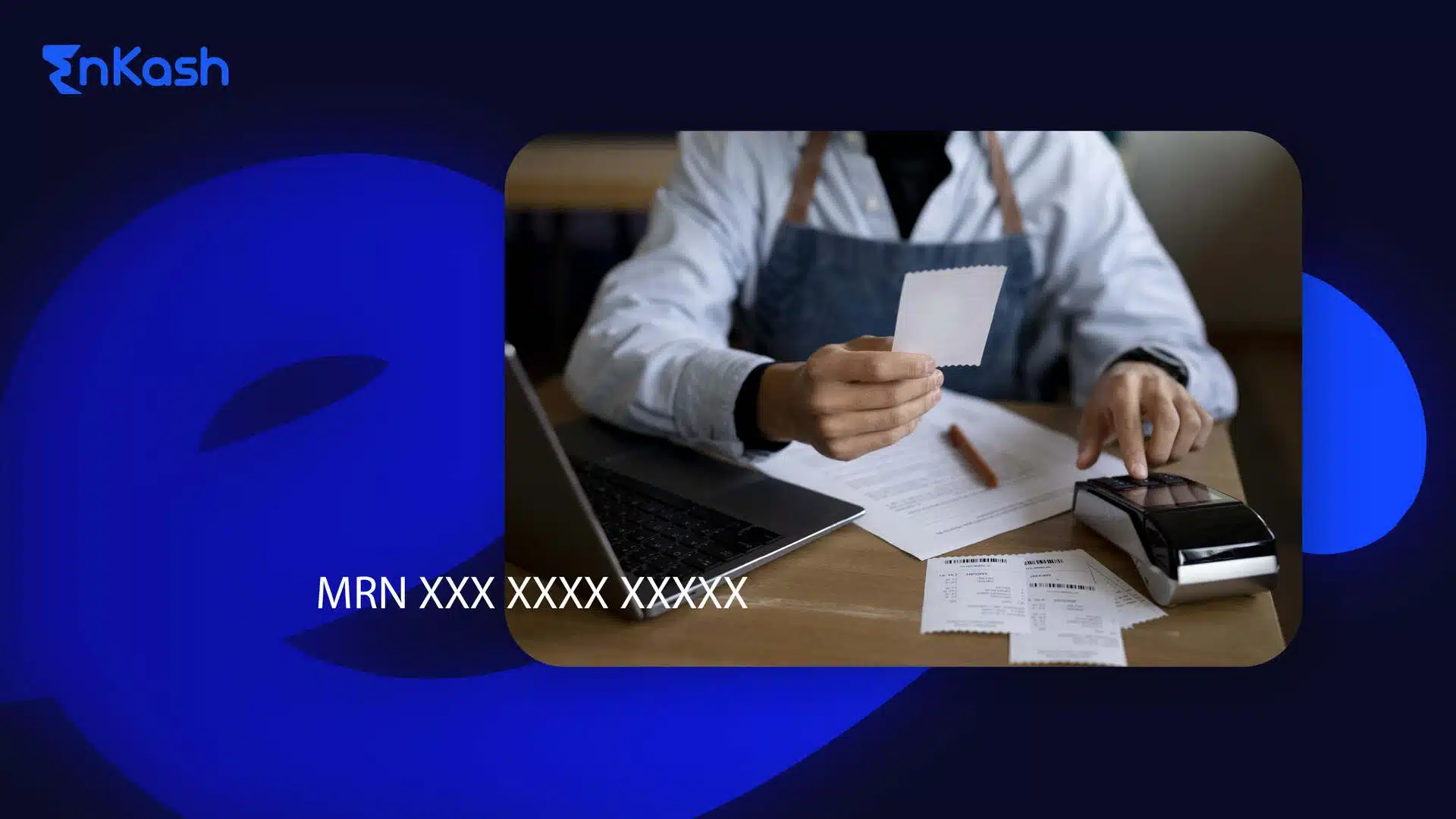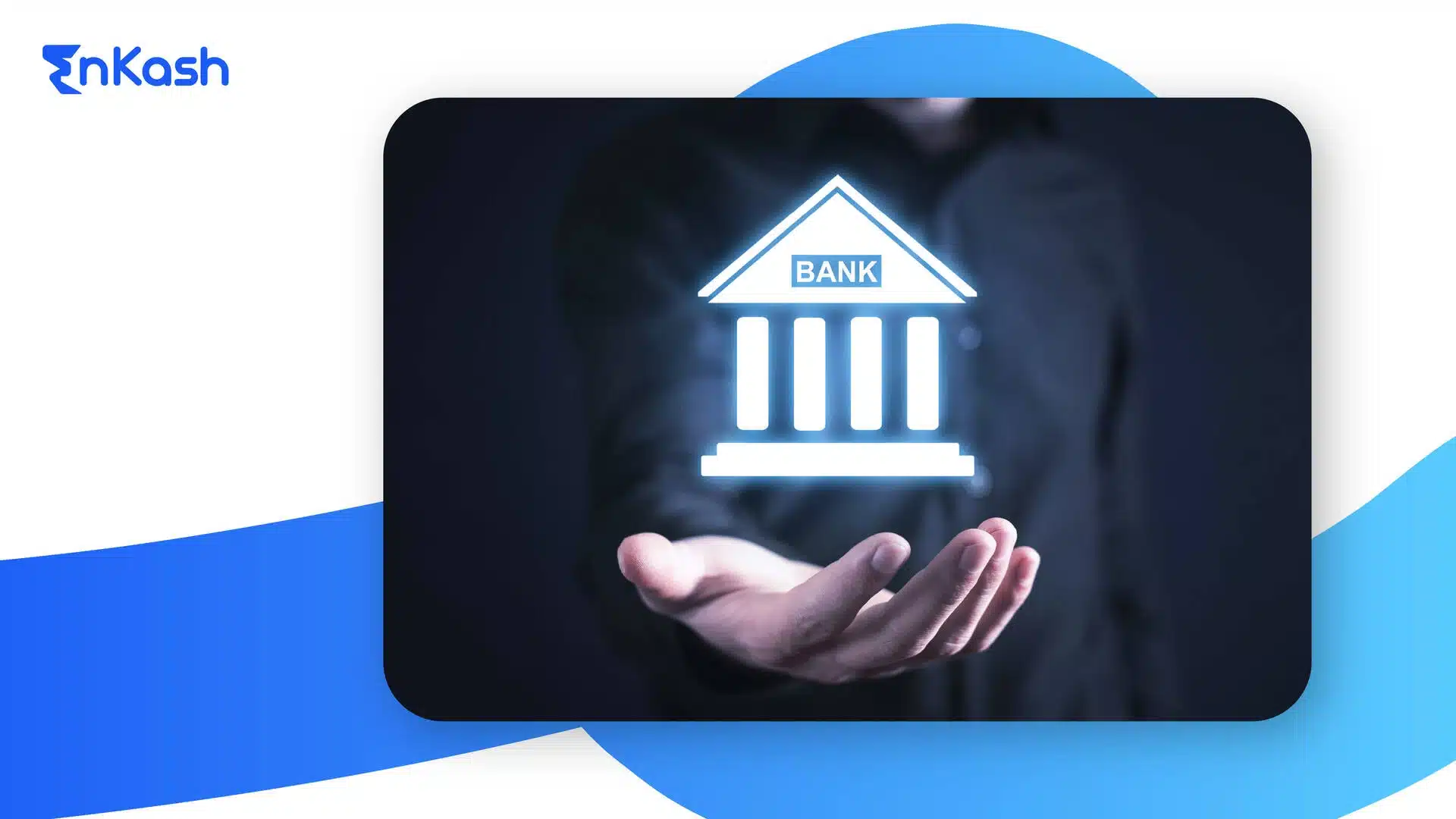Introduction
UPI is one of the most widely used platforms in the fast-paced digital payments ecosystem, having become synonymous with quick and easy money transfers. But to keep up with the scale of digital transactions, banks and payment networks must be able to monitor each transaction correctly. This is achieved through the Retrieval Reference Number (RRN). A distinct number is assigned to each transaction—whether it’s a UPI payment, ATM withdrawal, or POS transaction. This number functions like a digital fingerprint, thereby enabling banks to follow, authenticate, and balance payments promptly. Understanding the RRN is vital for resolving failed transactions, tracing payments, and the assurance of transparency, all contributing to the security and reliability of banking for both customers and merchants.
What is RRN?
In the domain of digital banking and UPI transactions, every single payment must have a distinct identifier to be tracked and validated. This is the function of the Retrieval Reference Number (RRN). A RRN is a unique 12-digit number assigned to every financial transaction, irrespective of whether it is a UPI payment, ATM withdrawal, or a point-of-sale (POS) purchase. It is like a digital fingerprint that makes it easier for banks, payment processors, and customers to track transactions, settle disputes, and carry out payments accurately.
RRN Full Form
The acronym RRN refers to the Retrieval Reference Number. The name gives a hint to its usage, which is to “retrieve” specifics about a transaction from the banking system or payment network. Every transaction is provided its own RRN that guarantees despite multiple payments being executed simultaneously, each can still be distinctly identified. The RRN is generated at the time of transaction initiation and remains associated with the transaction whether it succeeds or fails.
What is RRN in Banking
In banking, the RRN is of major importance for the transparency and traceability of transactions. For example, when a UPI transaction fails, the RRN is what helps the bank or payment network to find exactly the transaction and know its status. Just like that, when there are refunds, reversals, or disputes, the RRN is the biggest reference to investigate the matter. The banks, the merchants, as well as the customers, are all able to use this number to look into the transaction history and confirm successful settlements. Without the RRN, it would be almost impossible to follow the payments through various systems, thus making it a lifeline of the contemporary digital banking infrastructure.
Purpose of RRN
In the digital banking ecosystem, the Retrieval Reference Number (RRN) plays a vital role in making sure that each transaction is tracked properly, is secure, and is easily verifiable. Its various functions are such that they benefit both banks and customers.
Unique Identifier for Each Transaction
The RRN guarantees that a distinct code is assigned to every transaction made at the bank’s end, regardless of being done through UPI, ATM, or POS payment, and this makes it easy to trace and verify the transaction.
Helps Track and Resolve Disputes
The RRN is essential in the process of dispute resolution. If a client suspects that a transaction has been reversed or that money has been deducted from their account without their knowledge, then the bank can easily find the transaction through RRN, thus lessening the duration and occurrence of errors in investigating the transaction.
Facilitates Faster Reconciliation
Each day, when there are thousands of transactions taking place, banks depend on RRNs for accurate and timely reconciliation of payments with payment processors, and this guarantees that every transaction is registered correctly, thus no account will be mismatched.
Ensures Secure and Transparent Banking
The RRN not only identifies each transaction but also fortifies the security and traceability aspects to such an extent that the likelihood of the occurrence of fraud, illegal transactions, or misallocation of funds is significantly lowered.
Supports Regulatory Compliance
The banks find it hassle-free to report and audit, thanks to the RRNs, as they record every transaction with a clear digital trail, and thus, the institutions can meet regulatory compliance efficiently.
How RRN Works in UPI
UPI Process and RRN Connection
Every UPI transaction involves the sender’s bank, the receiver’s bank, and the payment network as key stakeholders. The RRN serves as the digital fingerprint, which guarantees that the transaction can be monitored and proven through its entire length.
Generated During Transaction Initiation
At the very moment an attempt is made for a UPI transaction, the bank comes up with an exclusive RRN, which gets transmitted together with the transaction info to the payment network. This number stays connected to the transaction until it is done.
Tracks Transactions from Start to Finish
In the event of a transaction being unsuccessful or experiencing delays, the RRN will be the tool through which the banks can quickly identify and confirm the payment, thus facilitating smooth reconciliation and quicker resolution of the problem.
Provides Assurance to Customers
In this case, the customers are the ones getting the advantage from the RRN since it assures that the transaction has already been successful even when their bank statement or UPI app shows delays, thereby granting them peace of mind.
Ensures Coordination Between Systems
The provision of the RRN facilitates the perfect interaction between the sender’s bank, the receiver’s bank, and the UPI network, thus guaranteeing that the transactions are accurately followed and reconciled.
Supports Audit and Compliance
For the sake of the regulators, the RRN leaves the banks with a clear and auditable transaction trail that greatly eases the process of auditing, reporting, and also acts as a safeguard against mistakes like double payments or misallocated money.
Difference Between Transaction ID and RRN
Transaction ID and Retrieval Reference Number (RRN) are both essential for UPI and banking transactions. Even though the two may appear alike, they carry different meanings for customers and banks. Being aware of their distinctions can not only help you to stay updated on payments but also resolve disputes easily.
Transaction ID
Every time you make a transaction via your bank or UPI app, a unique reference number called Transaction ID is created. It is mainly for users, which means you have easy access to it via the app, SMS notifications, or your bank statement. With this ID, you can point out specific payments, follow up on transactions, and, when necessary, show proof of payment. For instance, when you send money to a friend or do a payment via UPI, the Transaction ID serves as a quick reference to reassure you that your payment went through successfully.
RRN (Retrieval Reference Number)
In contrast, the RRN is generated by the bank or payment network for internal tracking and reconciliation purposes. It typically remains hidden from customers, unlike the Transaction ID. Banks and payment processors rely on RRNs to track and ascertain transactions, particularly during disputes, failed transactions, or account reconciliation. It guarantees that every transaction is carried out confidently, is easily traced, and is recorded correctly in the banking system.
How to Find RRN Number in UPI and Banking Transactions
Finding the Retrieval Reference Number (RRN) for your UPI or banking transaction is easier than you might think. The RRN is essential for tracing transactions, resolving disputes, or confirming payments with your bank. Depending on the platform or bank, there are several ways to locate this number.
Transaction Receipt in the UPI App
Most UPI apps, such as Google Pay, PhonePe, or Paytm, show the RRN within the transaction details or receipt. Just open the payment history, choose the specific transaction, and look for the “RRN” or “Reference Number” field. This is the quickest way to get the RRN without involving your bank.
SMS or Email Alerts from the Bank
Numerous banks send transaction notifications through SMS or email that contain the RRN. Notifying about a UPI transaction or card payment often includes the RRN along with the amount, date, and other details. It is a good idea to keep these notifications for future reference, particularly if the issue of disputes or the need to verify transactions arises.
Bank Statement
Monthly bank statements of some banks also show the RRN together with UPI or card transactions. You may find the RRN by checking your account statement, either online or through the passbook, and then matching it with the transaction you want to monitor.
Customer Care Assistance
If you cannot find the RRN through the above ways, the best alternative is to call your bank’s customer support. The representative may ask for the transaction date, amount, and type, and then he/she may provide you with the RRN. This ensures that you have the correct reference for dispute resolution or reconciliation.
Importance of RRN in Banking
The Retrieval Reference Number (RRN) is an essential part of the banking of the future as well as digital payments. It is a unique identifier that secures the traceability, verification, and reconciliation of every transaction. Its significance is a mutual understanding and uptake, which creates a transparent and dispute-free relationship between customers and banks.
Resolves Failed or Disputed Transactions Efficiently
In the event of a failed transaction or a dispute, the RRN enables banks to not only find the payment quickly but also with very minimal effort. It serves as a point of reference to pinpoint the exact transaction in the vast banking system, thus eliminating any delays in resolving the issue. This gives a sense of security not only to customers but also to merchants regarding the safety and reliability of their payments.
Assists in Reconciliation Between Merchant, Customer, and Bank
RRN is of utmost importance when it comes to the reconciliation of payments. The merchants not only need to check and make sure that the funds they have receiveRRN plays a critical role in the reconciliation of paymentsd are indeed matching the records of transactions, but also the banks need to perform the flow of money verifications accurately. This makes the accounting processes more efficient and prevents mix-ups, which would otherwise happen when trying to keep track of a high number of transactions taking place in just one day.
Prevents Misuse or Errors in Transaction Processing
A unique RRN is assigned to each transaction, thus preventing any duplication or errors from occurring. In case there is a discrepancy, the RRN will facilitate understanding of the problem and also the point where the issue is, whether it is a technical error, a failed payment, or a fraud attempt. This, in turn, will make security stronger and, at the same time, allow the digital payments to be processed properly.
Acts as Proof of Payment for Merchants and Customers
The RRN is a proof of payment that can be verified. Merchants can check that the payments they have received have gone through, and at the same time, customers can use the RRN to check their transactions or file complaints if necessary. This is a trust-building measure, and it guarantees that the financial operations will be smooth for all the parties involved.
Example of RRN Usage
Imagine a case where you do a UPI payment of ₹1,000 to a seller for some goods, but because of a network problem, the transaction is unsuccessful, although your bank account is debited for the amount. Such problems can cause misunderstandings and hold-ups if there is no proper way to trace payments. This is where the Retrieval Reference Number comes in as a lifesaver. The seller can give the bank the RRN linked to your transaction, which serves as a unique identifier in the banking system. By means of this number, the bank can swiftly unearth the particular transaction details, authenticate payment status, and find out the cause of the problem. After tracing, the bank can either finish the merchant’s pending payment or return the debited amount to your account, making sure you do not incur a financial loss. In the absence of the RRN, it could take days to sort out such failed or disputed transactions, as there would be numerous verifications and manual checks involved. The RRN not only speeds up transaction tracking but also establishes customer, merchant, and bank trust by providing a clear and effective method for resolving payment issues.
Conclusion
The Retrieval Reference Number may seem like a small detail, but it plays a crucial role in digital banking. The unique identifier links every UPI, card, or online transaction, thus making it traceable, secure, and verifiable. When users are equipped with the knowledge of RRN’s purpose and functionality, they become capable of tracking payments, resolving disputes efficiently, and keeping their financial activities transparent. For both businesses and individuals, the RRN’s location and usage are critical for hassle-free transaction management. In the current digital economy that moves swiftly, the knowledge of RRN is not only an advantage but also a prerequisite for trustworthy and accountable banking.
FAQs
Q1. What is RRN in UPI?
A: RRN is a distinctive Retrieval Reference Number created for every UPI transaction, which helps the banks trace and verify the transaction.
Q2. Where can I find my RRN number?
A: You may locate it in the transaction details of your UPI app, your bank statements, SMS/email alerts, or by reaching out to customer support.
Q3. Is RRN the same as the transaction ID?
A: No. The Transaction ID is for user reference, whereas RRN is used by banks for backend tracking.
Q4. Is RRN applicable to all digital payments?
A: Yes, RRN is generated for UPI, card, ATM, and POS transactions, thus every digital payment is traceable.
Q5. Can RRN help with refund processing?
A: Yes indeed. In case of payment failure or a refund request, the RRN enables banks to quickly find the transaction and refund it without delay.

